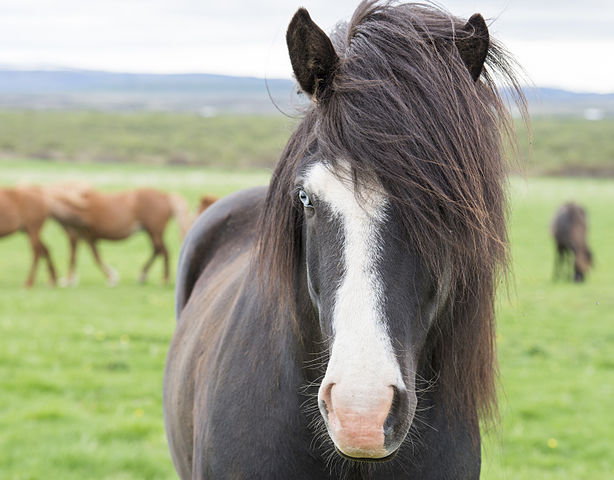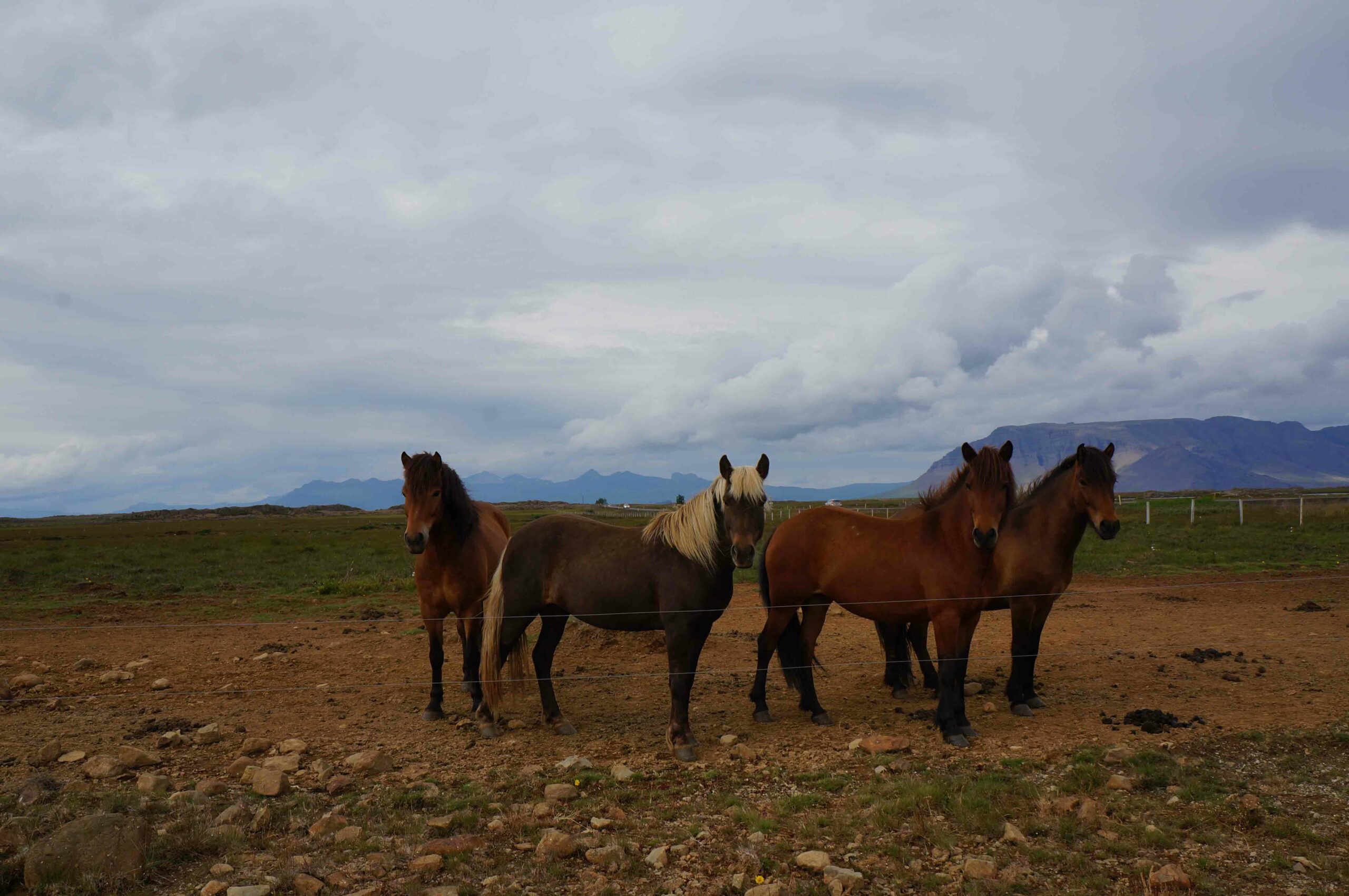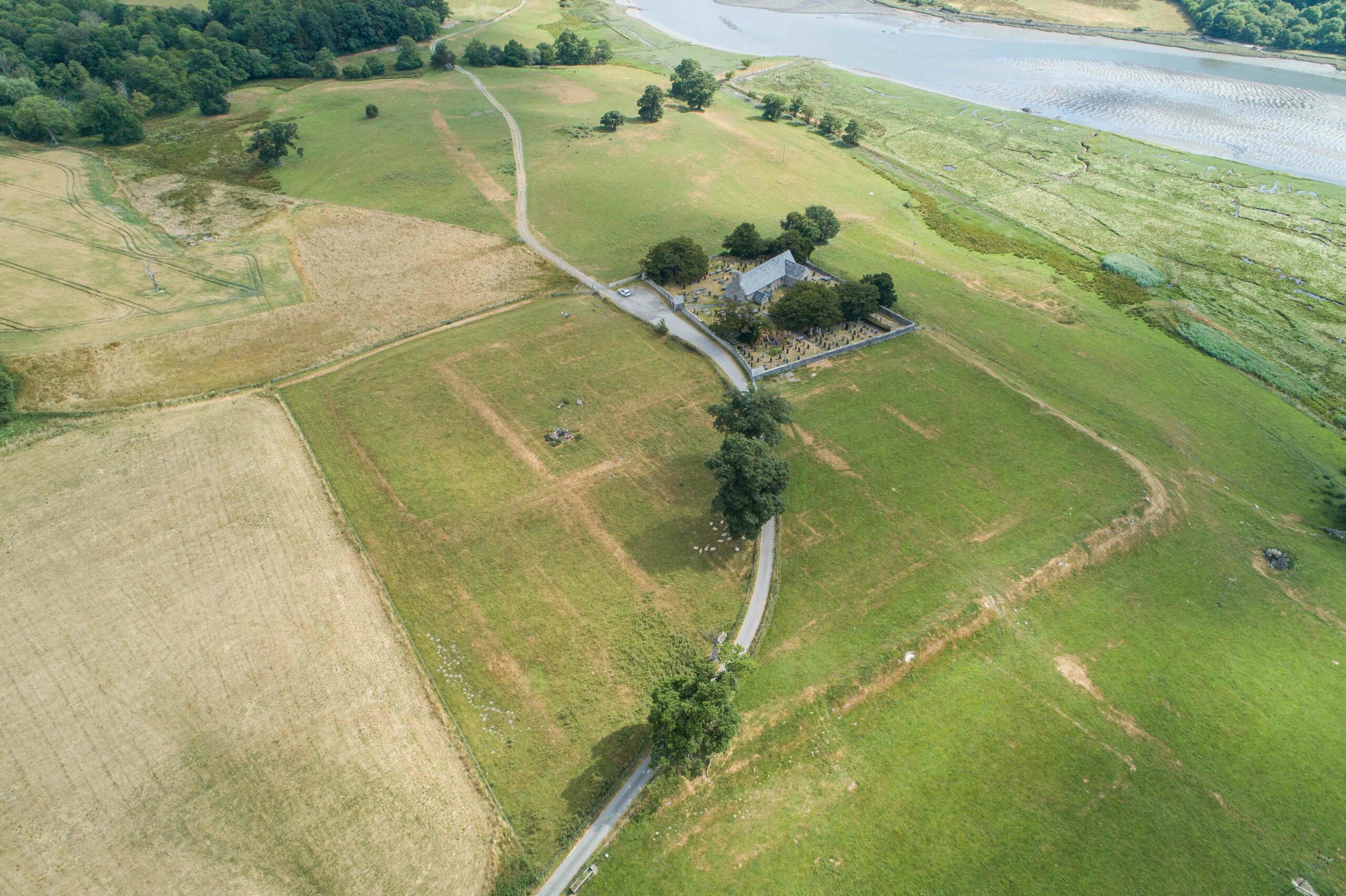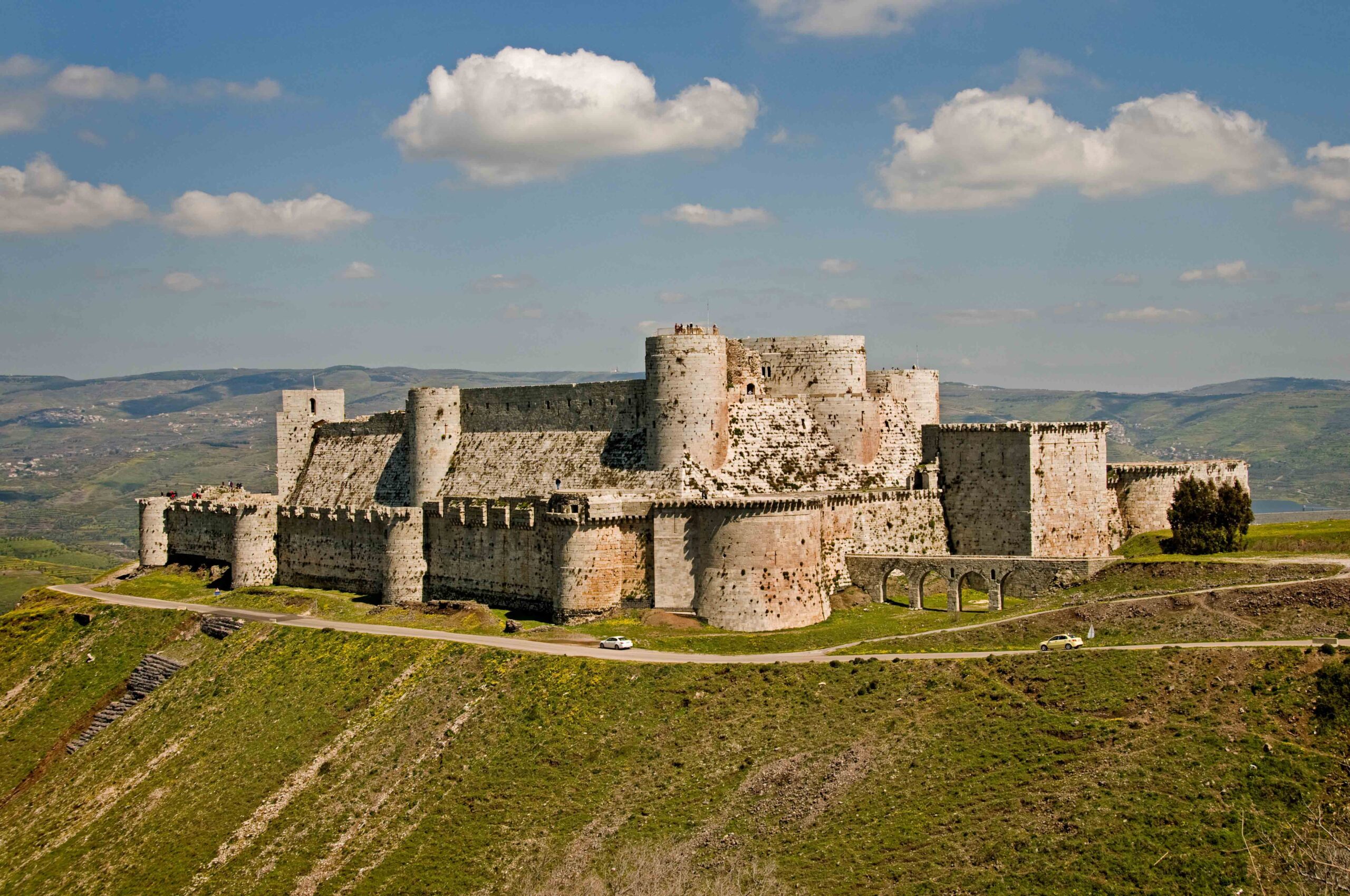
OSLO, NORWAY—DNA analysis of horse teeth recovered from Viking graves at 17 sites in Iceland suggests nearly all of the horses were male, according to a Live Science report. “Since horses are so hard to sex morphologically unless fairly well-preserved, whole skeletons are found, we know very little about the varying roles of male and female horses in the past,” said Albína Hulda Pálsdóttir of the University of Oslo. She noted that these horses were well cared for in life and may have been chosen for burial because of their symbolic virility and aggression as stallions. Meanwhile, female horses whose remains were found outside of noblemen’s graves are likely to have been eaten, Pálsdóttir said. Further research will compare the test results for the Icelandic horses with Viking-Age horses who lived in other Northern European countries between the late ninth and early eleventh centuries. To read in-depth about horses in the archaeological record, go to “The Story of the Horse.”










